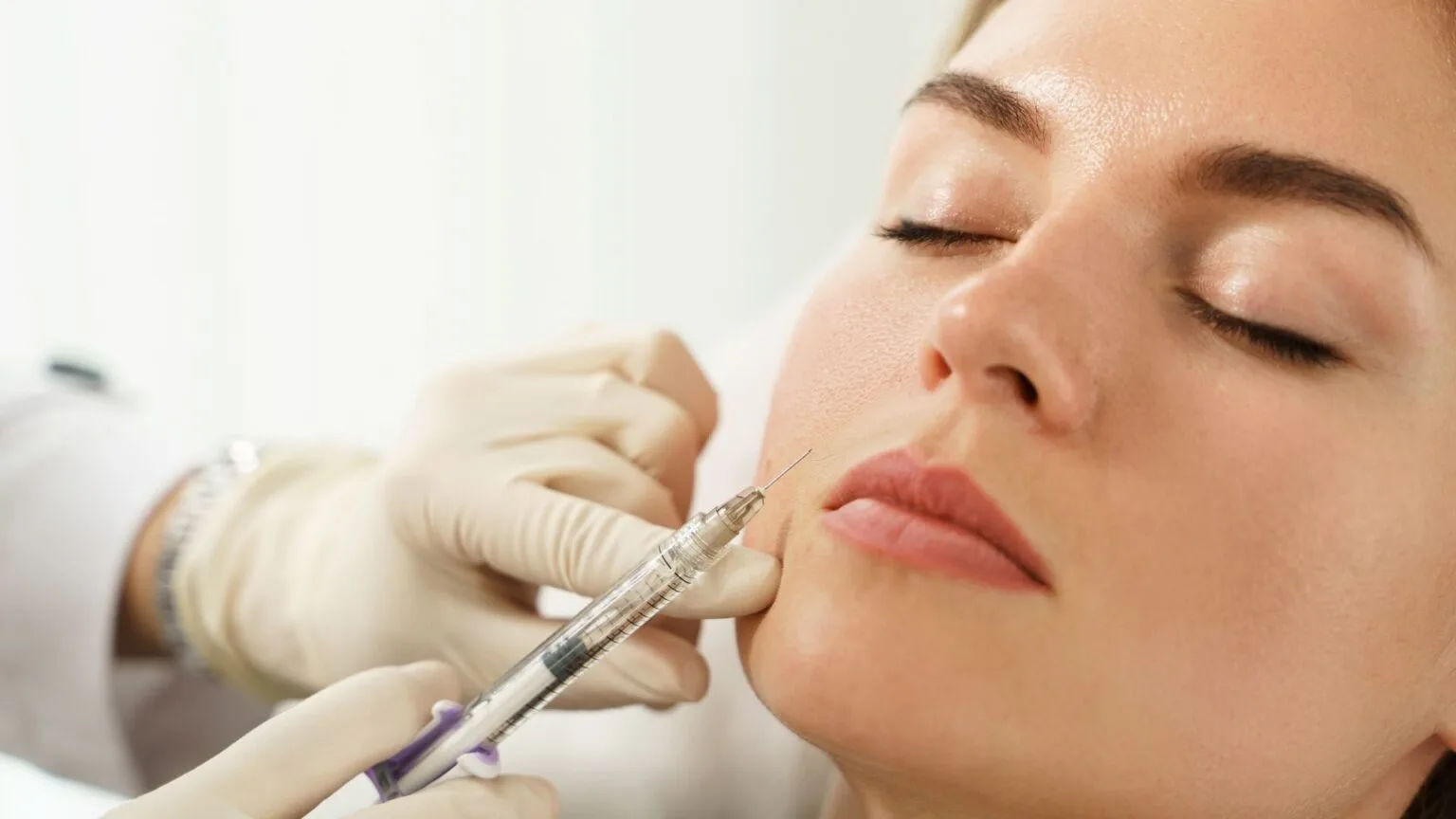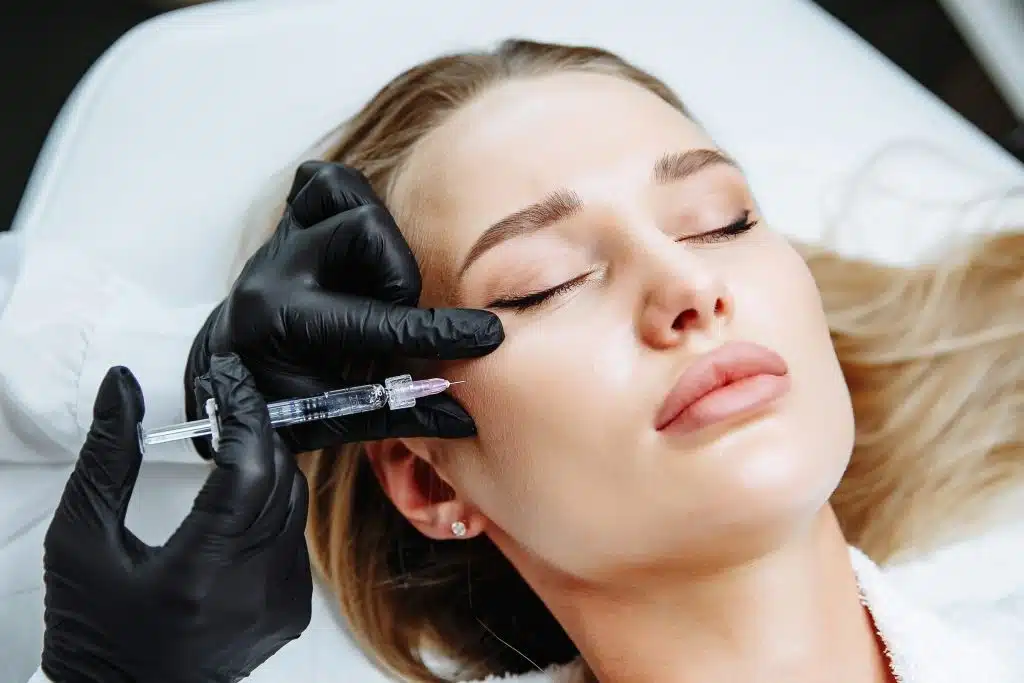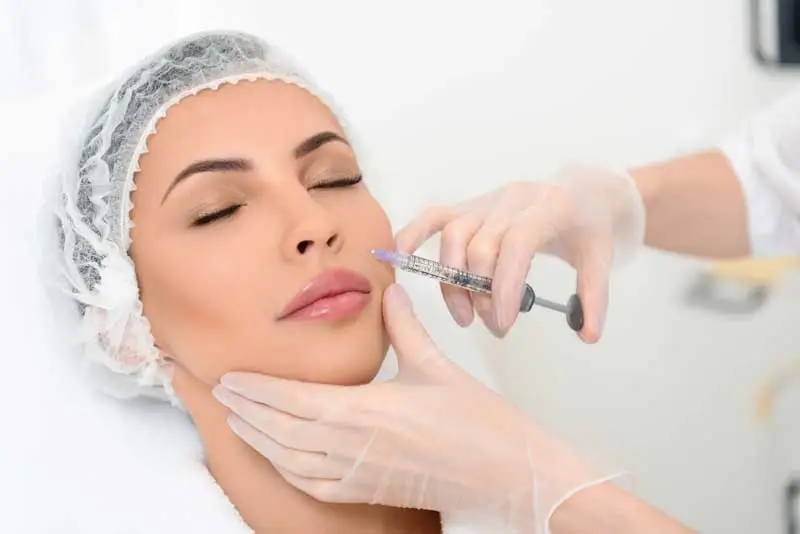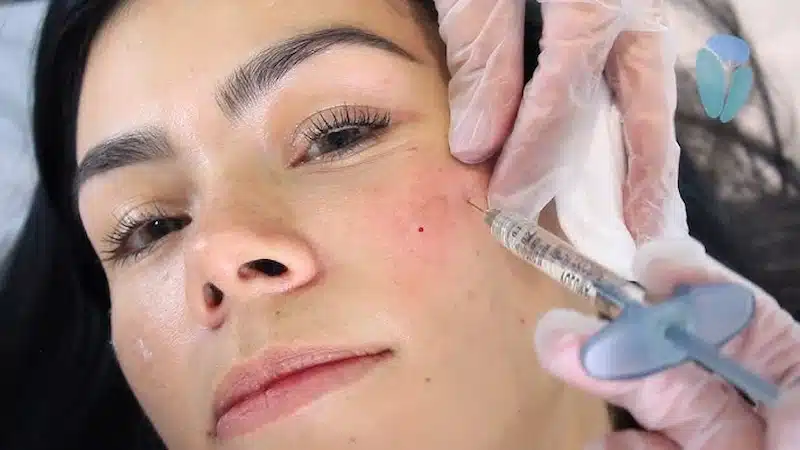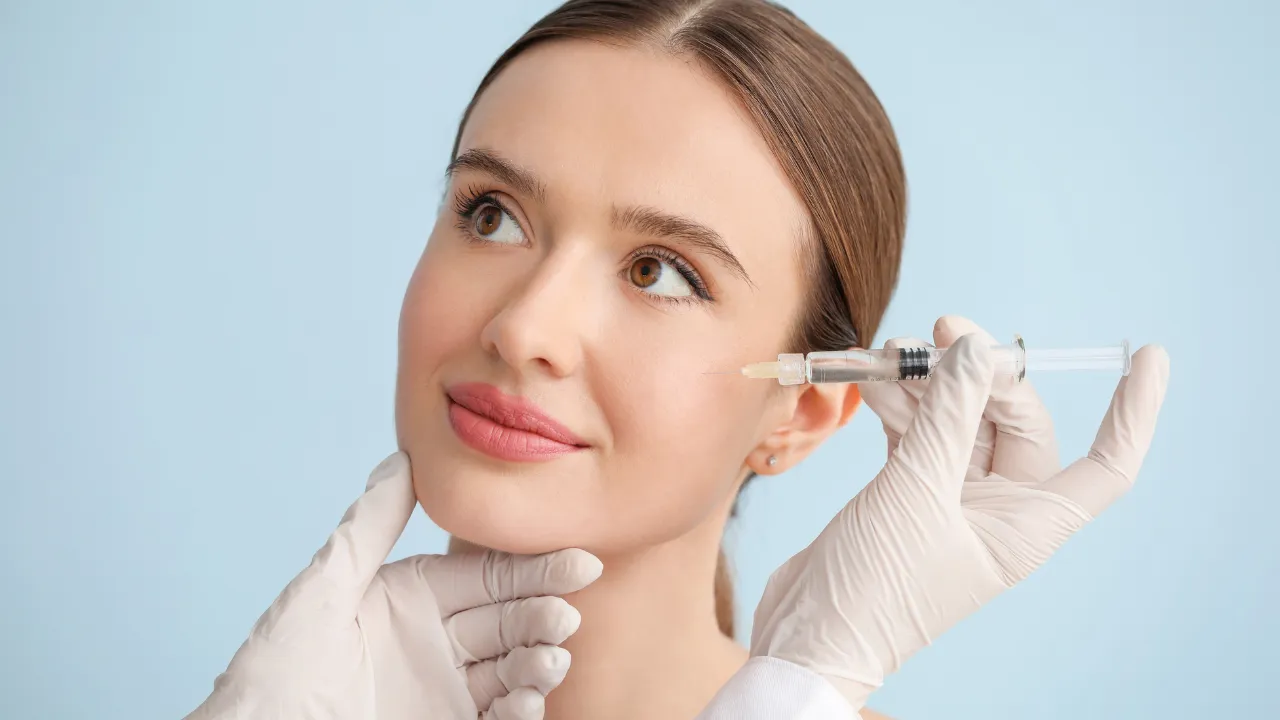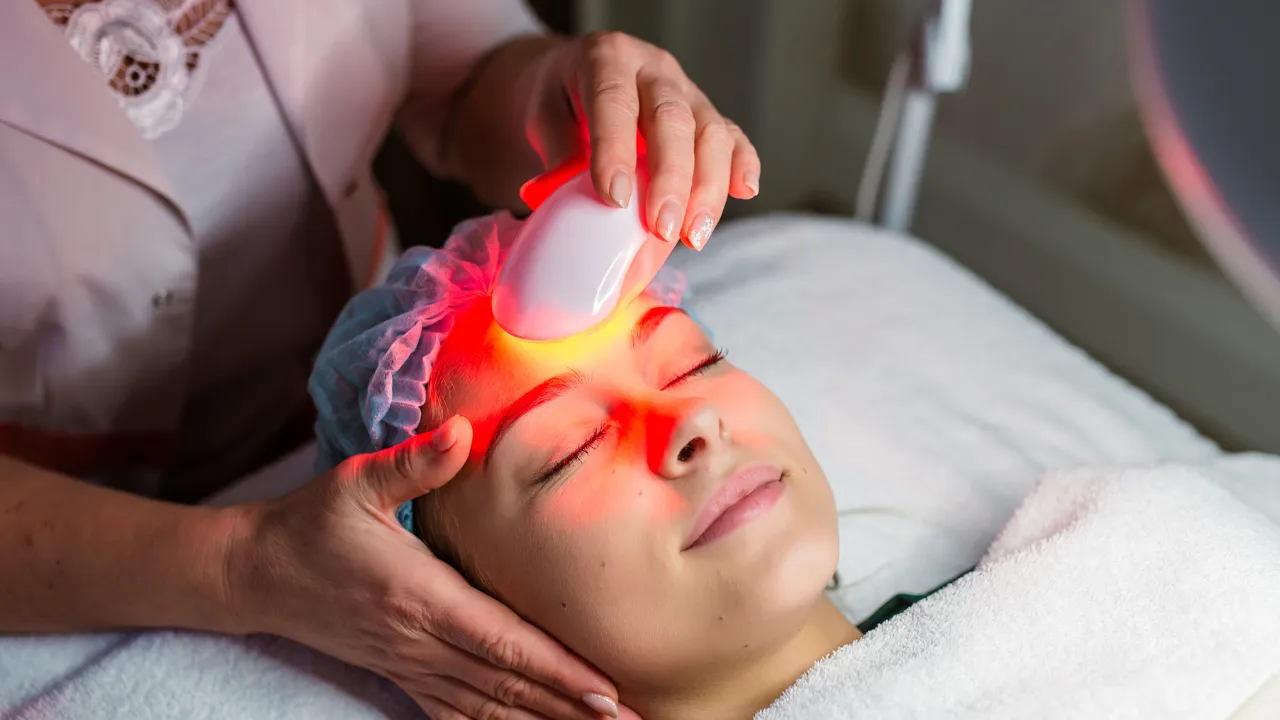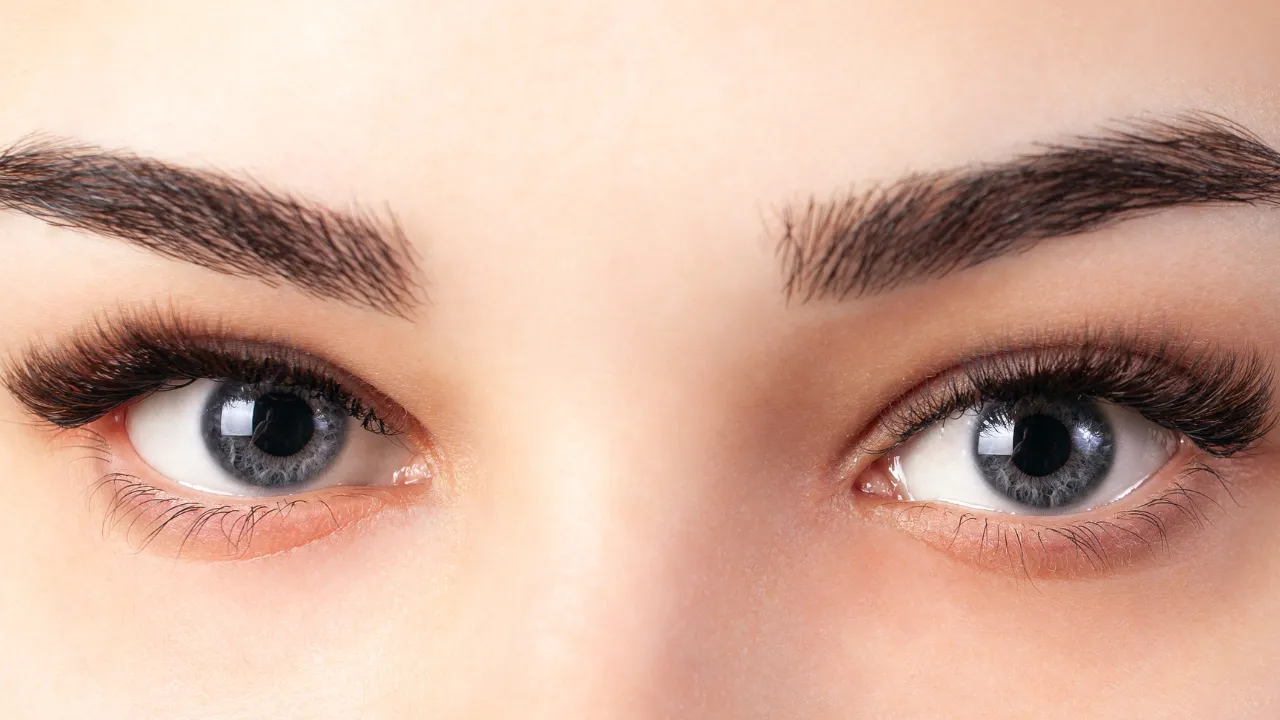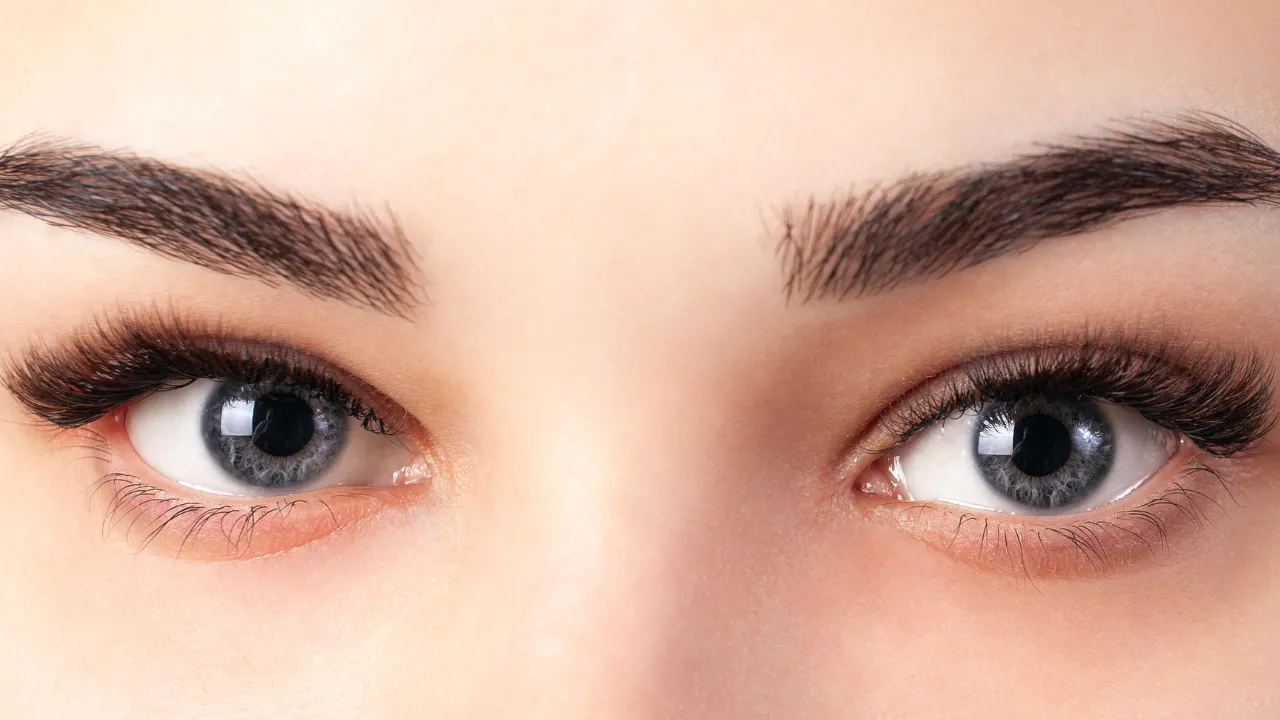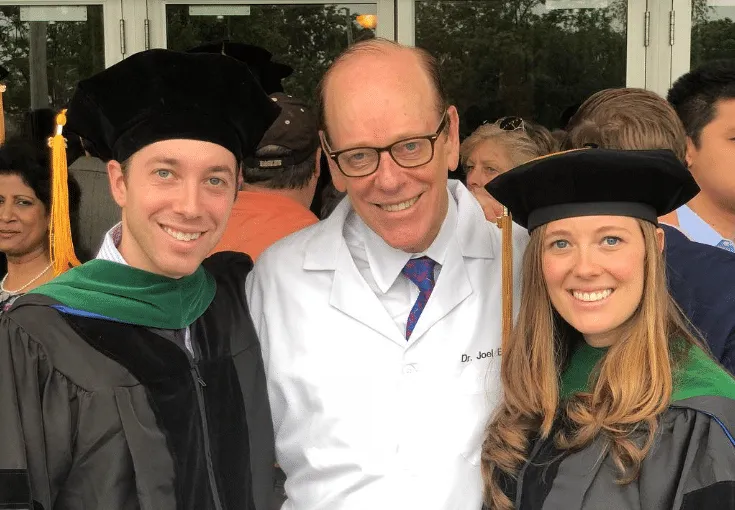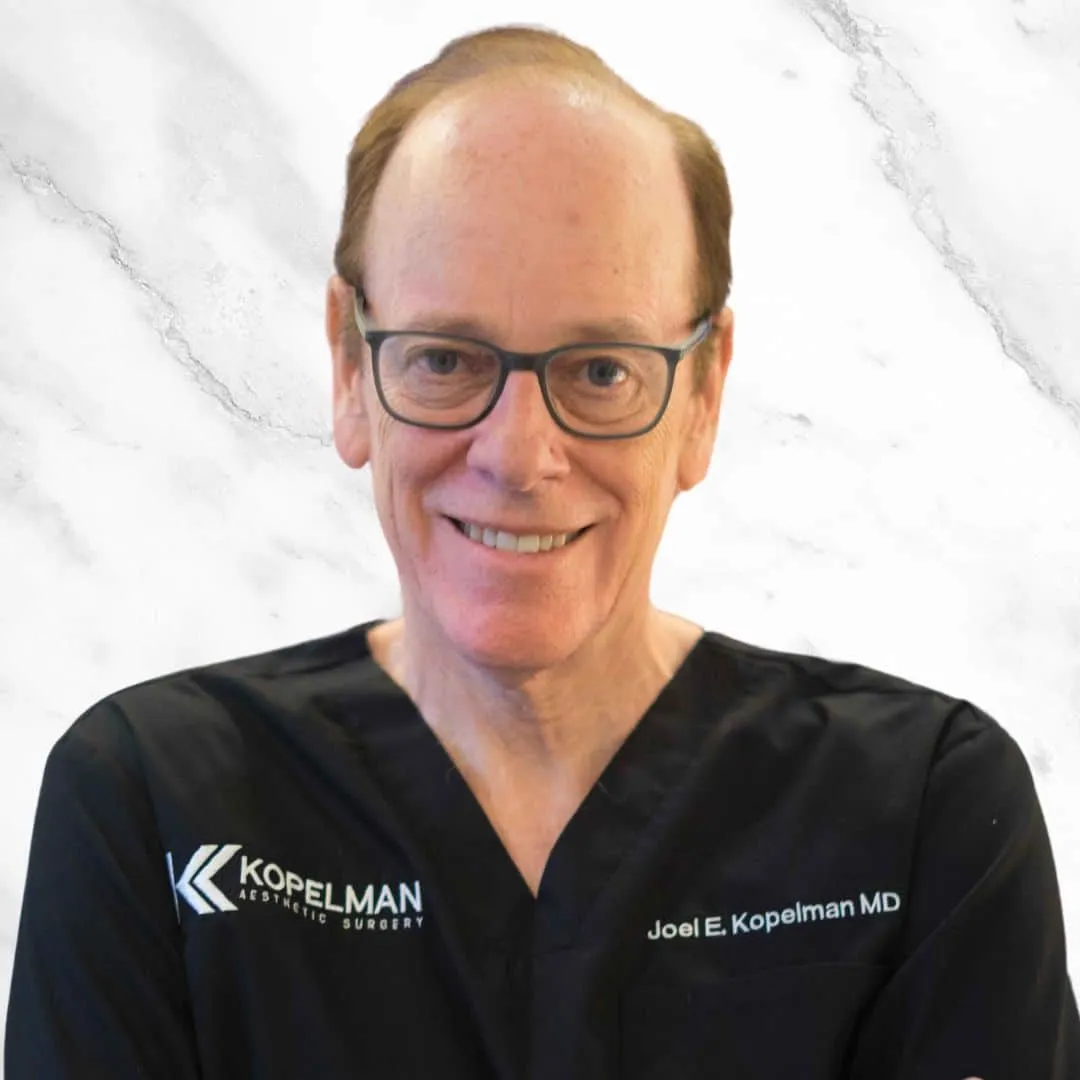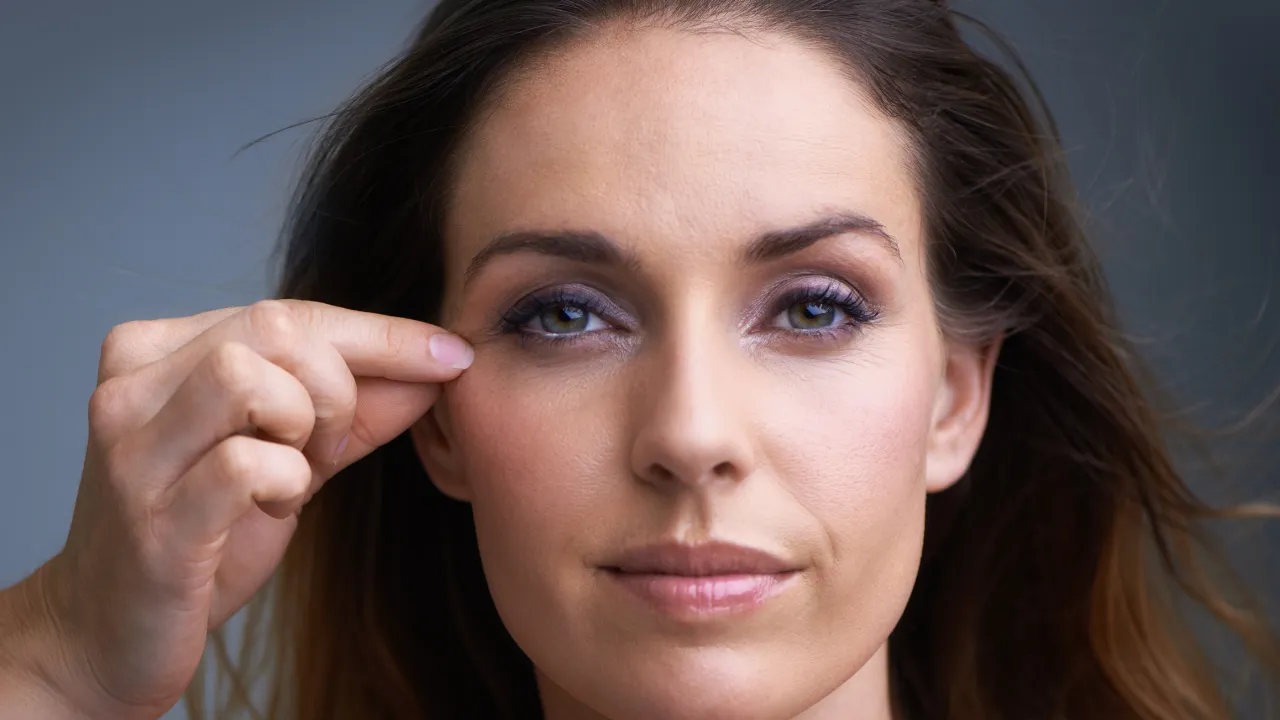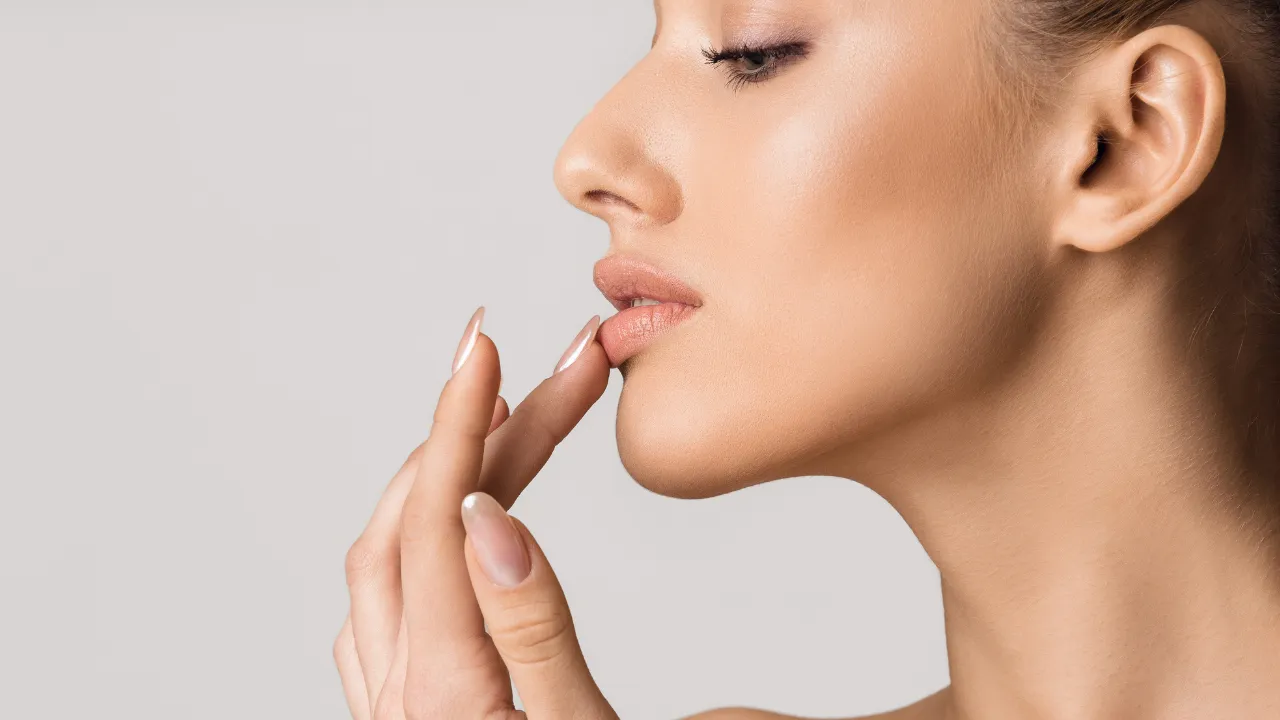After blepharoplasty surgery, patients often ask how long to ice after eyelid surgery to reduce swelling and support the healing process. At Kopelman Aesthetic Surgery, Dr. Joel Kopelman recommends a structured approach to post-operative care that promotes comfort, safety, and optimal results. This guide outlines the recommended icing schedule, technique, and recovery support.
Table of Contents
ToggleWhy Cold Therapy Matters After Surgery
Cold therapy is one of the most effective early interventions after upper eyelid or blepharoplasty surgery. Applying an ice pack to the eyes after surgery can help minimize swelling, bruising, and discomfort during the initial recovery period.
Icing slows blood flow to the surgical area, reducing fluid buildup and inflammation. This effect is especially important within the first 48 hours, when the body’s natural inflammatory response is at its peak. By limiting swelling early, patients often experience a smoother healing process.
It’s also important to understand the risks. Overuse of ice packs for the eyes after surgery can cause skin irritation, prolonged numbness, or even mild frostbite. That’s why Dr. Kopelman emphasizes proper timing, technique, and moderation when using cold therapy.
Icing Timeline and Frequency
Timing and consistency are key. Here’s how long and how often you should ice after eyelid surgery:
First 24–48 hours (Days 1–2):
- Apply a cold compress or ice pack for 10–15 minutes every hour while awake.
- Use a soft cloth barrier between the ice pack and skin.
- Continue regular intervals throughout the day.
Days 3–5:
- Reduce frequency to 4–5 times daily.
- Each session should last 10–15 minutes.
- Focus on comfort and inflammation control, not strict routine.
After Day 5:
- Most swelling subsides, and icing can be stopped unless directed otherwise.
- Patients may switch to warm compresses if Dr. Kopelman advises them to do so.
Contact your surgeon if you experience excessive swelling beyond the first few days after surgery. Prolonged inflammation may signal delayed healing or an issue requiring medical review.
How to Ice Safely
Safe application prevents complications. Dr. Kopelman advises using gel packs or cold compresses specifically designed for the eye area. Avoid using frozen food items or hard ice directly against the skin.
Here are best practices:
- Always wrap the ice pack in a clean, soft cloth.
- Never apply pressure—gently rest the pack on closed eyes.
- Use two separate packs if both eyelids were treated to ensure balance and coverage.
- Reduce session time if redness or numbness lasts more than a few minutes after removal.
The best ice pack after eyelid surgery conforms to the eye socket without applying weight or pressure. Many patients prefer reusable gel masks or soft, contoured eye packs for this reason.
Avoid reusing disposable cold packs beyond their intended duration. Hygiene is critical during recovery to prevent infection or irritation.
Post-Icing Recovery Tips
Icing is just one component of a successful recovery. Dr. Kopelman recommends the following guidelines to protect your results and reduce complications:
Head Elevation
- Keep your head elevated—even while sleeping—for at least 7 days after surgery.
- This helps reduce fluid retention and swelling.
Sleeping Position
- Avoid sleeping on your side or stomach until cleared by your surgeon.
- Back sleeping with pillows or an incline wedge is ideal.
Ointment Use
- Use prescribed ointments for as long as instructed, typically 5–7 days post-op.
- Do not substitute or skip applications unless advised.
Avoid These Common Mistakes
- Rubbing or pressing on the eyes
- Applying makeup or skincare too soon
- Using over-the-counter products not cleared by your surgeon
Support Healing
- Stay well-hydrated.
- Avoid alcohol, smoking, and high-sodium foods during early recovery.
- Take pain medications exactly as prescribed to manage discomfort without risking complications.
Patients undergoing blepharoplasty surgery to remove excess skin or improve upper eyelid appearance should follow these steps closely for optimal outcomes. Dr. Kopelman’s protocol is designed for aesthetic improvement and a safe, effective, and smooth recovery experience.
Contact Kopelman Aesthetic Surgery directly if you have specific concerns about your recovery timeline, technique, or progress. Dr. Joel Kopelman brings over 35 years of eyelid and facial surgery expertise and is committed to delivering personalized post-operative care for every patient.


